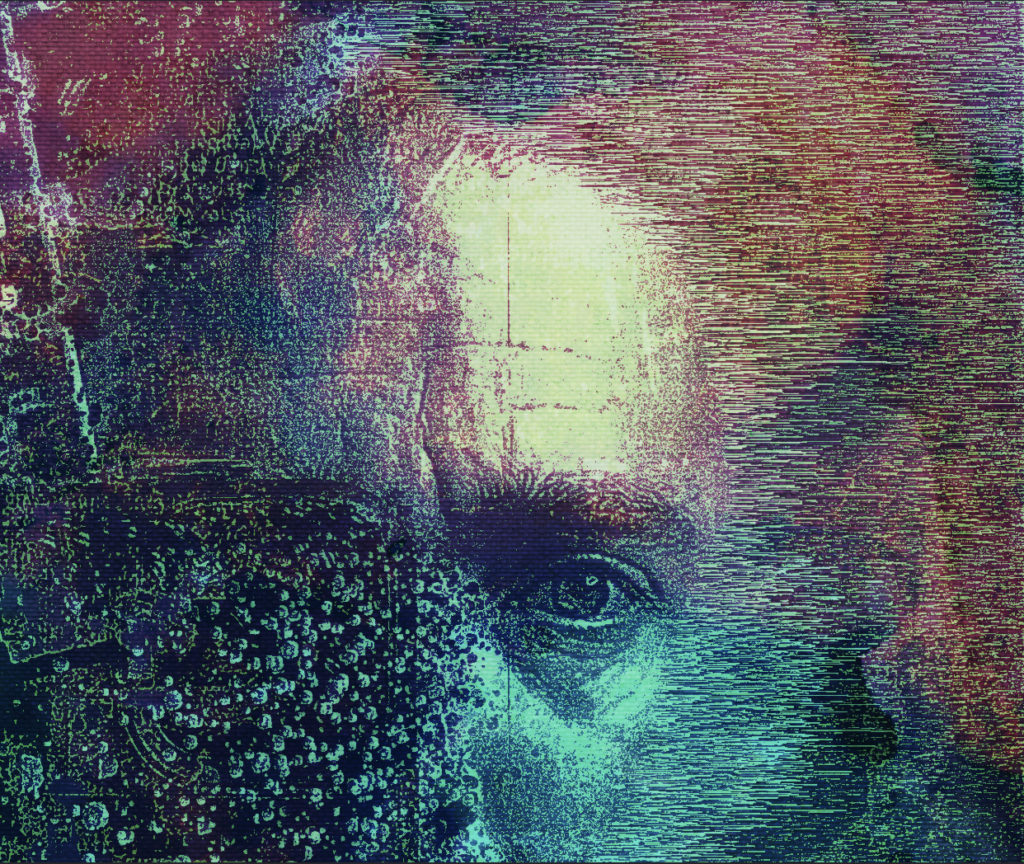
Self Portrait of a Modern Cyborg



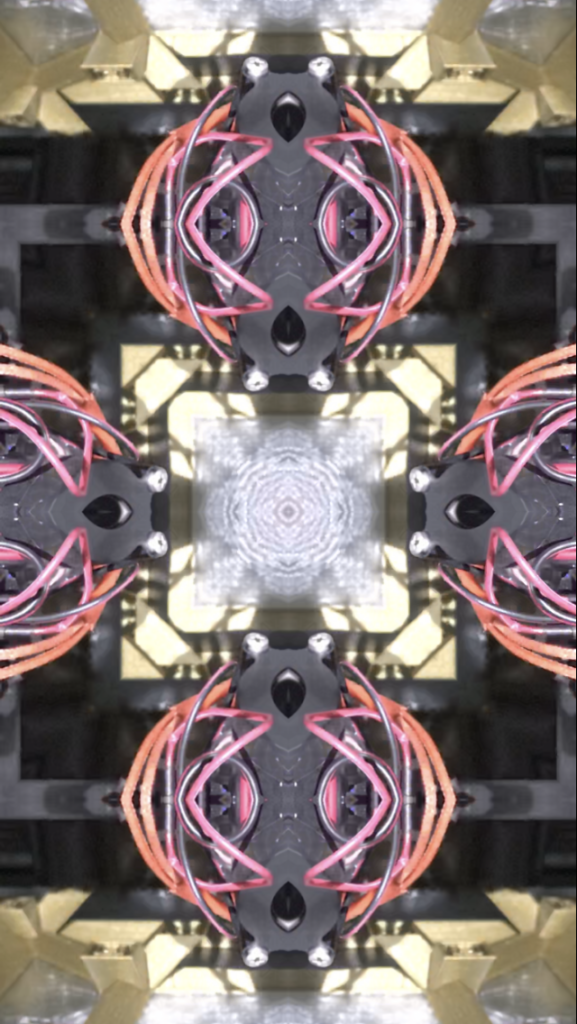

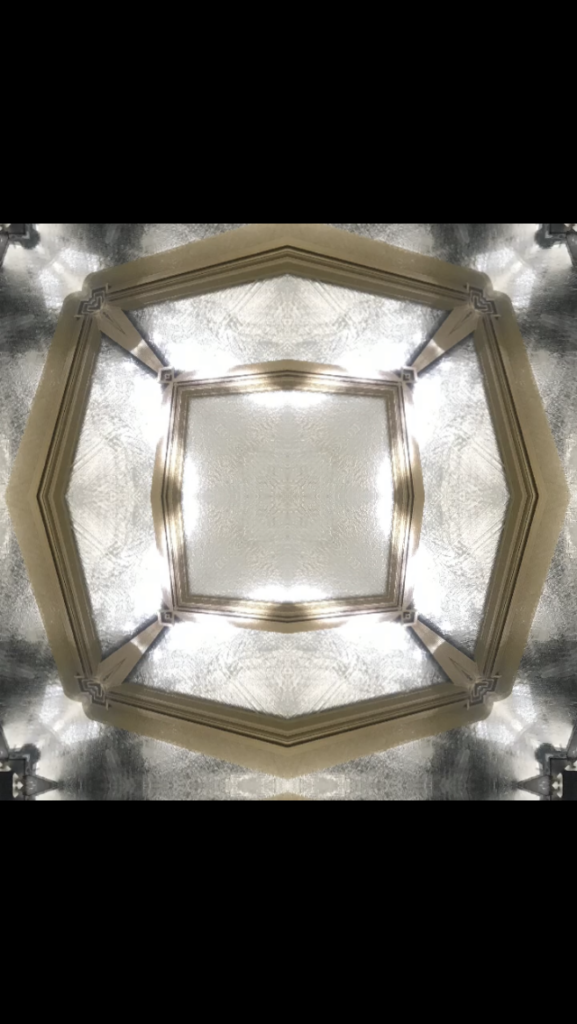
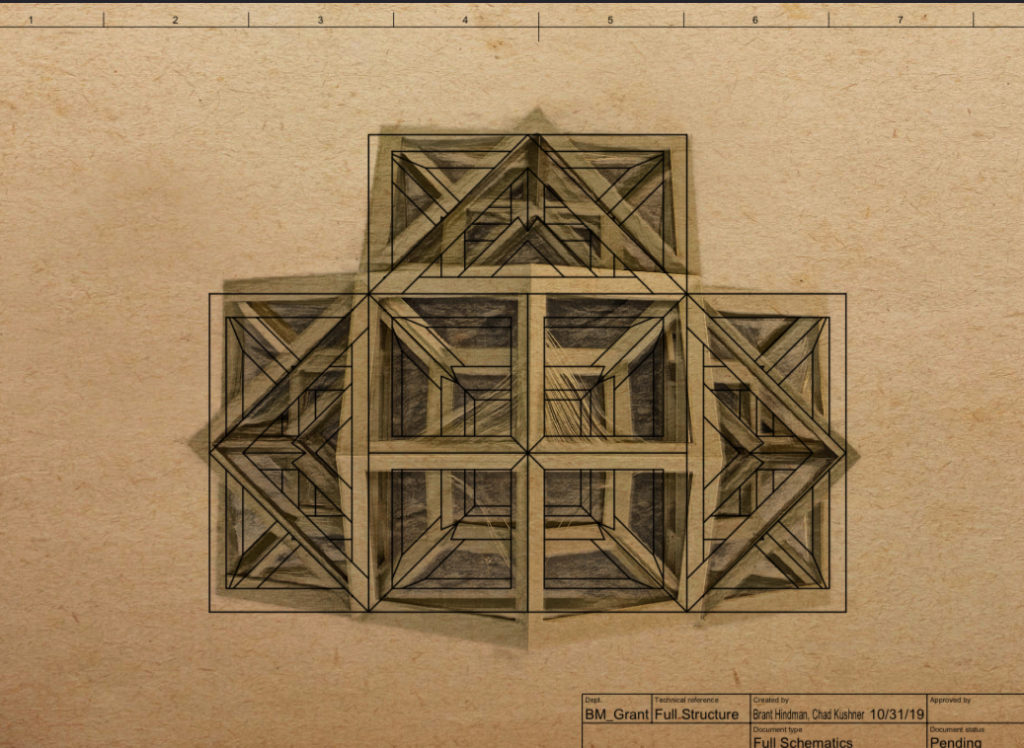
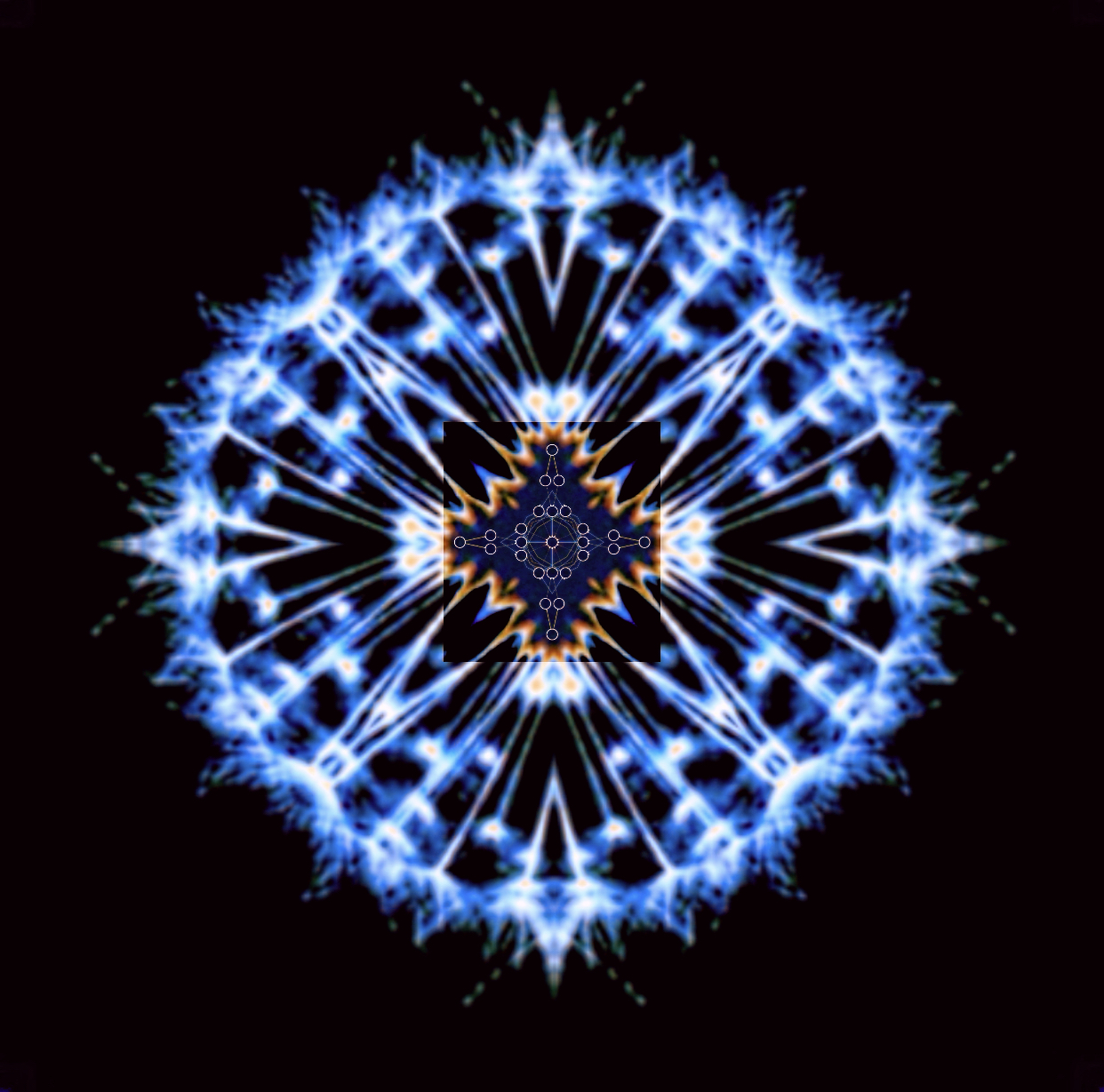
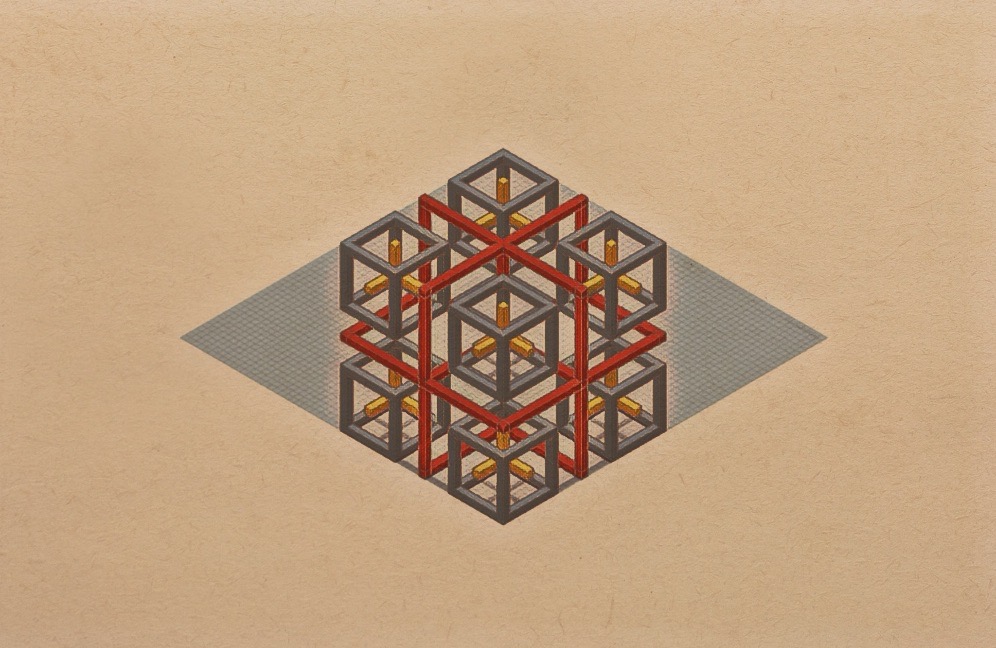
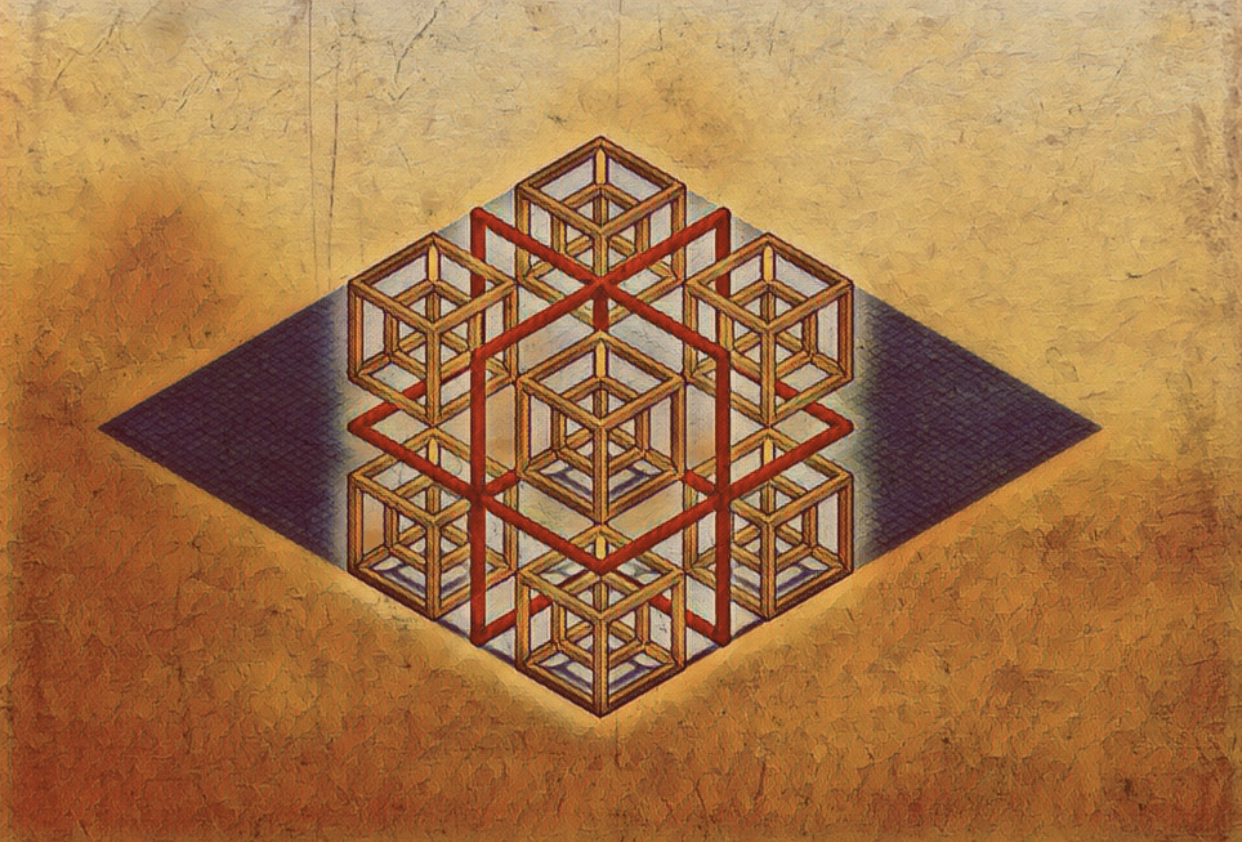
Geometry > Plane Geometry > Circles >
Number Theory > Constants > Transcendental Root Constants >
Interactive Entries > Interactive Demonstrations >
Circle-Circle Intersection

Two circles may intersect in two imaginary points, a single degenerate point, or two distinct points.

The intersections of two circles determine a line known as the radical line. If three circles mutually intersect in a single point, their point of intersection is the intersection of their pairwise radical lines, known as the radical center.
CircleCircleIntersection
Let two circles of radii R and r and centered at (0,0) and (d,0) intersect in a region shaped like an asymmetric lens. The equations of the two circles are
x^2+y^2 = R^2
(1)
(x-d)^2+y^2 = r^2.
(2)
Combining (1) and (2) gives
(x-d)^2+(R^2-x^2)=r^2.
(3)
Multiplying through and rearranging gives
x^2-2dx+d^2-x^2=r^2-R^2.
(4)
Solving for x results in
x=(d^2-r^2+R^2)/(2d).
(5)
The chord connecting the cusps of the lens therefore has half-length y given by plugging x back in to obtain
y^2 = R^2-x^2=R^2-((d^2-r^2+R^2)/(2d))^2
(6)
= (4d^2R^2-(d^2-r^2+R^2)^2)/(4d^2).
(7)
Solving for y and plugging back in to give the entire chord length a=2y then gives
a = 1/dsqrt(4d^2R^2-(d^2-r^2+R^2)^2)
(8)
= 1/dsqrt((-d+r-R)(-d-r+R)(-d+r+R)(d+r+R)).
(9)
This same formulation applies directly to the sphere-sphere intersection problem.
To find the area of the asymmetric “lens” in which the circles intersect, simply use the formula for the circular segment of radius R^’ and triangular height d^’
A(R^’,d^’)=R^(‘2)cos^(-1)((d^’)/(R^’))-d^’sqrt(R^(‘2)-d^(‘2))
(10)
twice, one for each half of the “lens.” Noting that the heights of the two segment triangles are
d_1 = x=(d^2-r^2+R^2)/(2d)
(11)
d_2 = d-x=(d^2+r^2-R^2)/(2d).
(12)
The result is
A = A(R,d_1)+A(r,d_2)
(13)
= r^2cos^(-1)((d^2+r^2-R^2)/(2dr))+R^2cos^(-1)((d^2+R^2-r^2)/(2dR))-1/2sqrt((-d+r+R)(d+r-R)(d-r+R)(d+r+R)).
(14)
The limiting cases of this expression can be checked to give 0 when d=R+r and
A = 2R^2cos^(-1)(d/(2R))-1/2dsqrt(4R^2-d^2)
(15)
= 2A(1/2d,R)
(16)
when r=R, as expected.

Circle-CircleIntersectionHalf
In order for half the area of two unit disks (R=1) to overlap, set A=piR^2/2=pi/2 in the above equation
1/2pi=2cos^(-1)(1/2d)-1/2dsqrt(4-d^2)
(17)
and solve numerically, yielding d=0.8079455… (OEIS A133741).

Circle3Intersection
If three symmetrically placed equal circles intersect in a single point, as illustrated above, the total area of the three lens-shaped regions formed by the pairwise intersection of circles is given by
A=pi-3/2sqrt(3).
(18)

Circle4Intersection
Similarly, the total area of the four lens-shaped regions formed by the pairwise intersection of circles is given by
A=2(pi-2).
(19)
SEE ALSO:
Borromean Rings, Brocard Triangles, Circle-Ellipse Intersection, Circle-Line Intersection, Circular Segment, Circular Triangle, Double Bubble, Goat Problem, Johnson’s Theorem, Lens, Lune, Mohammed Sign, Moss’s Egg, Radical Center, Radical Line, Reuleaux Triangle, Sphere-Sphere Intersection, Steiner Construction, Triangle Arcs, Triquetra, Venn Diagram, Vesica Piscis
REFERENCES:
Sloane, N. J. A. Sequence A133741 in “The On-Line Encyclopedia of Integer Sequences.”
This article is directly from the link below and will be referenced throughout this site as mathematical constants in the conversation between Circles. Weisstein, Eric W. “Circle-Circle Intersection.” From MathWorld–A Wolfram Web Resource. http://mathworld.wolfram.com/Circle-CircleIntersection.html